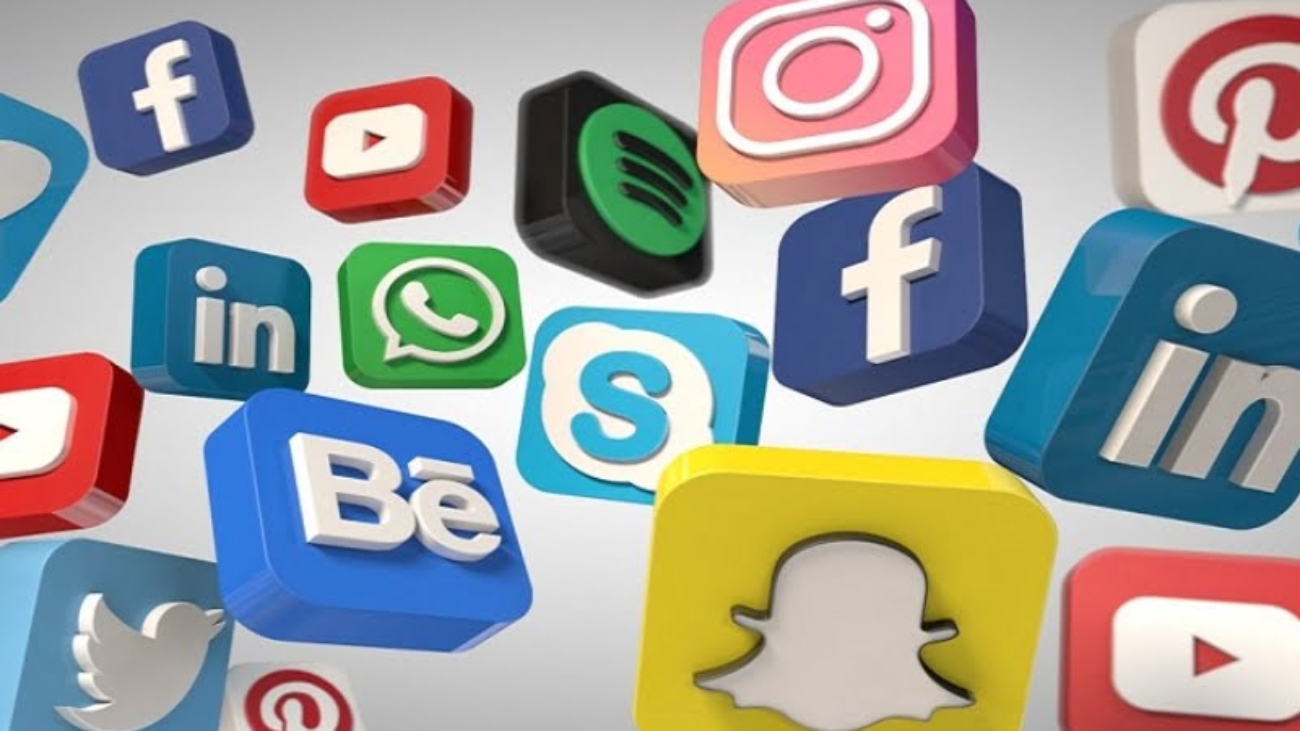Crafting successful digital marketing campaigns is not just about reaching a broad audience; it’s also about connecting with the right audience. This is where micro-niche campaigns come into play, offering businesses a laser-focused approach to engage with specific segments of their target market. Broomling understands the power of micro-niche campaigns, and today, we’re diving into some inspiring case studies that highlight their effectiveness.
- Crafting Creativity with Coffee:
Imagine a coffee brand looking to stand out in a saturated market. Instead of targeting all coffee lovers, they focus on a specific niche: office workers who appreciate quality coffee during their workday. By understanding their audience’s pain points and preferences, they create content centered around the daily office grind, offering solutions in the form of convenient coffee solutions delivered right to their desks. Through targeted social media ads and email campaigns, they not only boost brand awareness but also drive conversions by catering to a niche craving quality coffee in their workspace.
- Fitness for Busy Moms:
A fitness trainer launches an online program tailored specifically for busy moms struggling to find time for exercise. Through blog posts addressing common challenges faced by this demographic and sharing success stories of moms who’ve transformed their fitness routines, the trainer establishes credibility and trust. Partnering with parenting blogs and social media influencers, they amplify their message to reach their target audience effectively. With personalized email sequences and webinar sessions, they engage with potential clients, offering solutions designed to fit seamlessly into their hectic schedules. This micro-niche campaign resonates deeply with busy moms, resulting in a surge of sign-ups and glowing testimonials.
- Pet Care for Urban Dwellers:
In a bustling city where space is limited, a pet care startup identifies a unique opportunity: offering tailored services for urban pet owners. From dog walking to grooming and vet consultations, they provide a one-stop solution for pet parents living in metropolitan areas. Through geo-targeted ads on social media platforms and partnerships with local pet-friendly businesses, they position themselves as the go-to resource for urban pet care. Engaging content showcasing their services in action and user-generated content featuring happy pets in city settings further strengthens their brand presence. This micro-niche campaign strikes a chord with urban dwellers, driving both online bookings and word-of-mouth referrals.
- Sustainable Fashion for Eco-conscious Shoppers:
In an era of heightened environmental awareness, a fashion brand pioneers a micro-niche campaign focused on sustainability. By highlighting their use of eco-friendly materials and ethical manufacturing practices, they appeal to eco-conscious consumers seeking stylish yet sustainable clothing options. Leveraging social media platforms to share their brand story and showcase their eco-friendly collections, they attract a loyal following of environmentally conscious shoppers. Collaborations with eco-friendly influencers and participation in sustainability-focused events further amplify their message. This micro-niche campaign not only drives sales but also fosters a community of like-minded individuals passionate about sustainable fashion.
These case studies illustrate the power of micro-niche campaigns in capturing the attention and loyalty of specific audience segments. By understanding their unique needs and preferences, brands can create targeted marketing strategies that resonate on a deeper level. At Broomling, we specialize in crafting tailored digital marketing solutions that deliver results. Whether you’re looking to reach a niche audience or refine your existing strategy, we’re here to help you achieve your goals. Get in touch with us today and let’s elevate your brand’s presence in the digital landscape.










